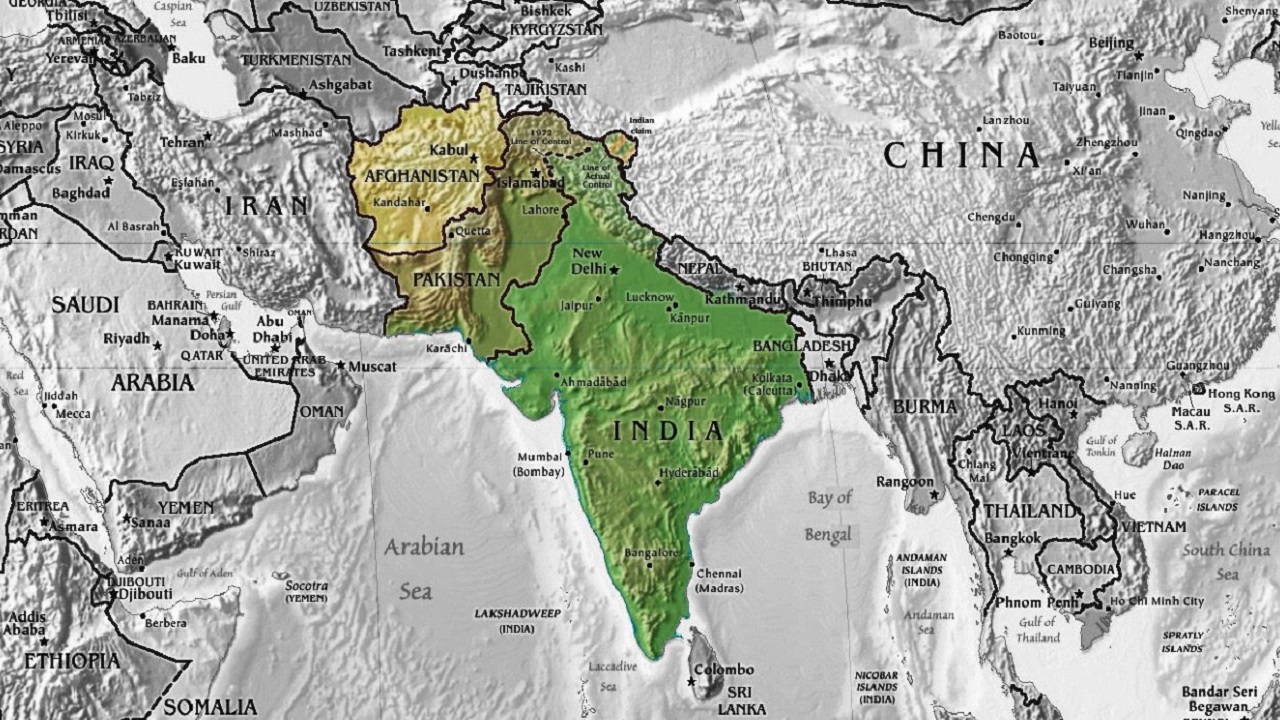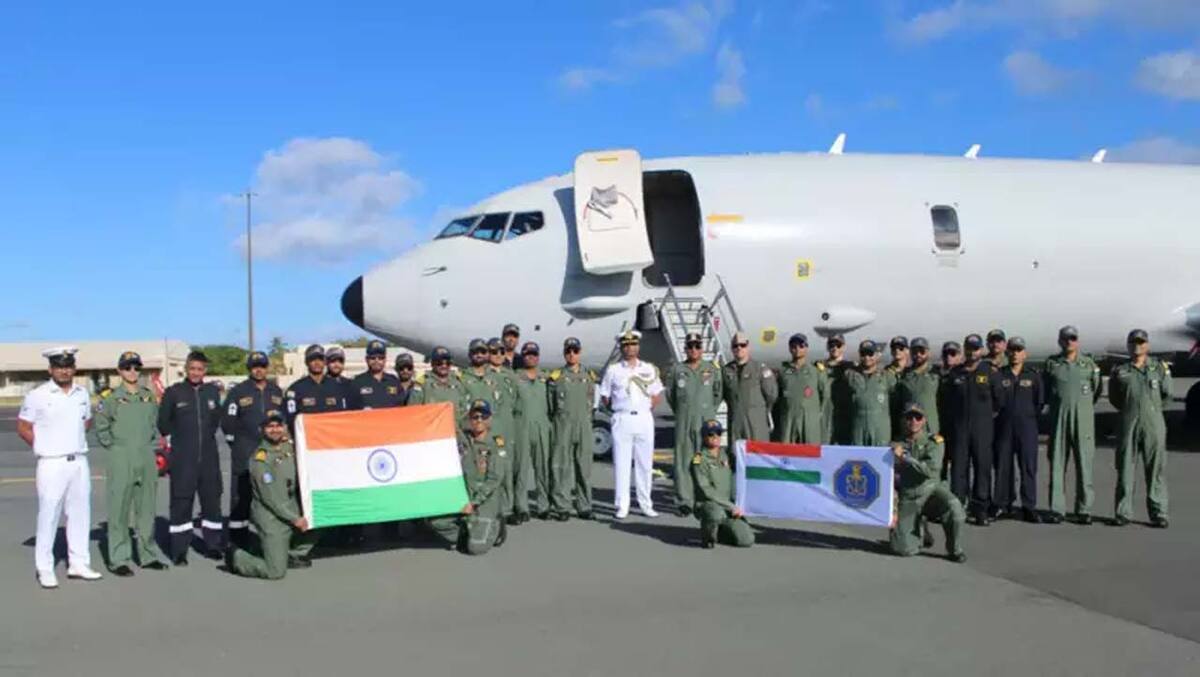India–Taliban 2.0: Strategic Engagement Amid Uncertainty
Context:
India has recently held back-to-back high-level meetings with the Taliban, including Foreign Secretary-level talks and a phone call between External Affairs Minister S. Jaishankar and Taliban Foreign Minister Amir Khan Muttaqi. This outreach comes as Russia formally recognises the Taliban, adding momentum to global engagement and influencing India’s strategic recalibration.
Introduction:
India’s approach to the Taliban has significantly shifted since their earlier regime from 1996 to 2001, during which India faced hostility, terrorism, and strategic exclusion. Post-2021, the Taliban’s renewed control over Afghanistan, alongside their strained ties with Pakistan, has opened space for India’s cautious engagement. India is now pursuing a balanced, interest-driven approach, focused on security, connectivity, counterterrorism, and regional stability—without formal recognition of the Taliban regime.
India–Afghanistan Geopolitical Dynamics and Interests
From Past Hostility to Present Opportunity
-
India faced threats from Pakistan-backed terror groups during the Taliban’s first regime.
-
The Taliban 2.0 appears more open to engaging with India, largely due to deteriorating ties with Pakistan.
India’s Developmental and Humanitarian Contributions
-
Over $3 billion invested in Afghan infrastructure: dams, hospitals, the Parliament building, and schools.
-
India was among the first countries to provide humanitarian aid post-U.S. withdrawal in 2021.
Pakistan–Taliban Breakdown Creates Strategic Opening
-
Taliban’s refusal to act against Tehrik-e-Taliban Pakistan (TTP) has strained its relationship with Islamabad.
-
India uses this opportunity to enhance its presence and influence in Afghanistan.
India’s Multi-Ring Strategic Framework
-
Afghanistan lies in India’s ‘first strategic ring’, the immediate neighbourhood.
-
This region is critical to counter external powers such as China and Pakistan.
Strategic Objectives Behind Engagement
-
Counterterrorism and border security: Prevent anti-India activities from Afghan territory.
-
Access to Central Asia: Afghanistan acts as a geographic bridge, especially when Pakistan blocks overland routes.
-
Energy security: Central Asia’s energy reserves are key to India’s diversification strategy.
-
Counterbalance to the China–Pakistan axis: Engagement with Taliban can reduce Pakistan’s strategic depth and challenge China’s BRI influence.
-
Regional order: A stable Afghanistan supports India’s South Asia–centric security architecture, as outlined by Barry Buzan’s theory of insulating buffer states.
Challenges in Engaging Taliban 2.0
Legitimacy Concerns
-
The Taliban remains unrecognised internationally and is subject to UN sanctions.
-
Full diplomatic recognition is politically sensitive for democratic countries like India.
Human Rights and Ethical Dilemmas
-
Taliban’s approach to women’s rights, education, and minority protections conflicts with India’s democratic values.
Pakistan’s Disruption Strategy
-
A stronger Indian role in Afghanistan may provoke proxy confrontations, especially from Pakistan-backed factions.
China’s Expanding Footprint
-
China’s increasing investments and its Belt and Road Initiative (BRI) raise economic and strategic concerns for India.
Internal Divisions within the Taliban
-
Factionalism within the Taliban causes instability and unpredictability, complicating negotiations and cooperation.
India’s Current Strategy Post-2021
Preventing Terror Spillover
-
Establishing security and intelligence cooperation with Afghan authorities.
Countering Pakistan’s Influence
-
Using developmental aid and soft power to align with Taliban’s anti-TTP stance.
Improving Access to Central Asia
-
Investing in key infrastructure such as Chabahar Port and the Zaranj–Delaram highway.
Asserting Regional Leadership
-
Participating actively in regional platforms like the SCO, Moscow Format, and other multilateral dialogues.
Protecting Developmental Investments
-
Continuing project-based diplomacy and humanitarian support without formal recognition.
Way Forward
De Facto Engagement Without Recognition
-
Maintain political dialogue and humanitarian assistance while withholding official recognition until there is international consensus.
Layered and Balanced Diplomacy
-
Engage with the Taliban leadership while supporting civil society, education, and women’s rights through NGOs and multilateral agencies.
Strengthen Regional Partnerships
-
Collaborate with Iran, Russia, and Central Asian nations to stabilise Afghanistan and curb the influence of China and Pakistan.
Expedite Development Around Chabahar
-
Enhance connectivity and trade routes by fast-tracking work on Chabahar Port infrastructure.
Prevent Radicalisation Spillover
-
Monitor extremist networks through intelligence-sharing mechanisms to protect India’s internal security.
Conclusion:
India’s engagement with Taliban 2.0 reflects a deliberate shift from ideological rigidity to strategic pragmatism. While challenges such as legitimacy issues, human rights concerns, and regional rivalries persist, India’s evolving approach is grounded in the need to secure national interests, stabilise its neighbourhood, and assert regional influence. As Afghanistan becomes a geopolitical crossroads, India must balance its actions with caution, clarity, and consistency to shape a secure and multipolar regional order.



.jpg)
Comments (0)